Market Trends
Key Emerging Trends in the Venous Blood Collection Devices Market
Technology advances quickly with vein-drawing equipment. Technologies include vacuum blood collection systems, safety-engineered equipment, and novel needle and tube materials are making venous blood collection safer and more efficient. This boosts the market.
In accordance with healthcare trends, less invasive blood draws are becoming increasingly prevalent. Vein blood collection technologies that reduce discomfort and speed healing are becoming increasingly popular. This encourages designers to create simpler, less obtrusive designs. Point-of-care blood collection systems are becoming increasingly popular. Medical staff may process blood samples on-site using these devices. This speeds up test findings and improves healthcare efficiency. Patient-centered care influences venous blood collection equipment design. Comfort, convenience of use, and safety are primary priorities for manufacturers to enhance patient experiences during blood collection and encourage testing. The trend toward home healthcare is affecting venous blood collection equipment sales. Self-collection kits and simple blood collection equipment are becoming increasingly common. These simplify patient care and aid telemedicine and online monitoring. Venous blood-drawing equipment are increasingly using digital health technologies. These advancements include smart gadgets with connection capabilities that allow data sharing, real-time patient monitoring, and EHR connectivity straightforward. This streamlines blood collection. Arterial blood collection devices are becoming increasingly customizable. Due of this, manufactures provide several configurable tube diameters, needle widths, and safety features. Healthcare staff and laboratories require patient- and procedure-specific solutions. Stiff safety and quality criteria are transforming the venous blood collection equipment industry. To be competitive and ensure safe and reliable blood collection, regulatory and international quality standards must be followed. Due to global healthcare, more venous blood sampling instruments are available. Companies are entering new areas, partnering with local healthcare providers, and adapting their products to global healthcare systems as sensible moves. Environmental responsibility is growing in venous blood collecting equipment. As individuals grow more conscious of their impact on the globe and the need for socially responsible enterprises, they are looking into eco-friendly materials, reusable packaging, and durable manufacturing methods. As chronic illnesses increase, venous blood collection equipment is needed. As the global population with diabetes and heart disease grows, precise and fast blood collection techniques for monitoring and diagnosis are needed. Market concentration is increasing via mergers, acquisitions, and strategic alliances. This trend allows companies to collaborate, share talents, and increase market visibility. Business becomes more cohesive and competitive.

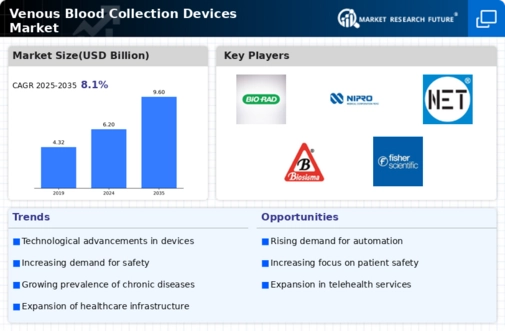
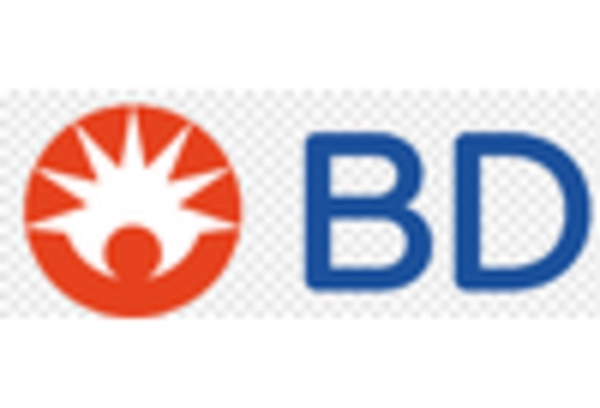
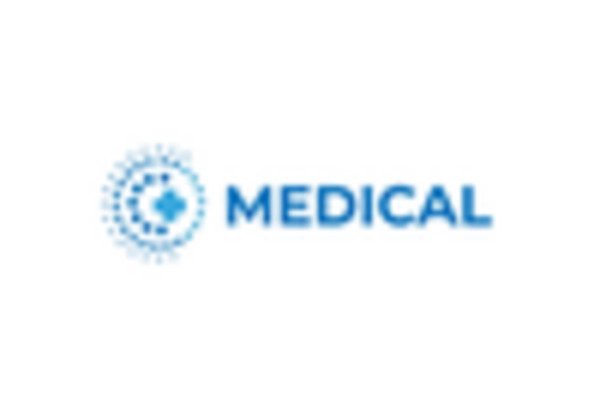
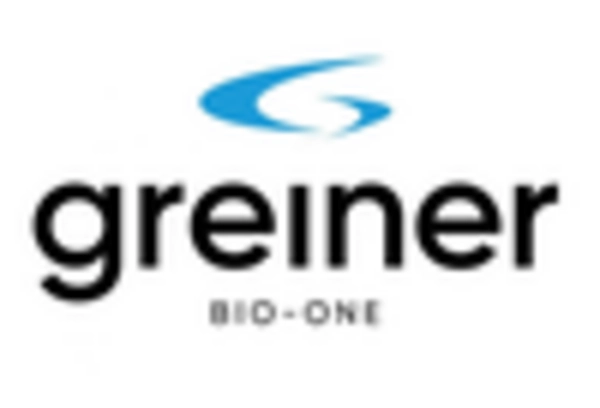

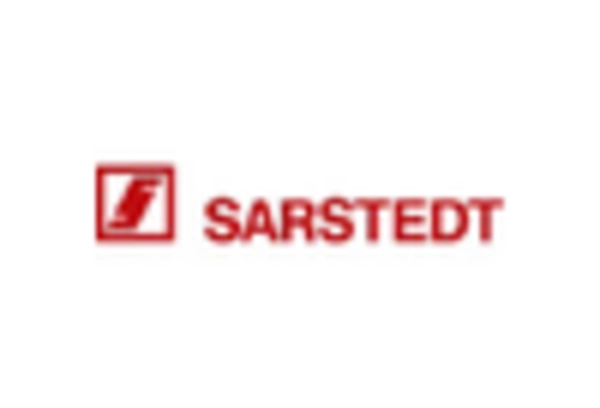










Leave a Comment